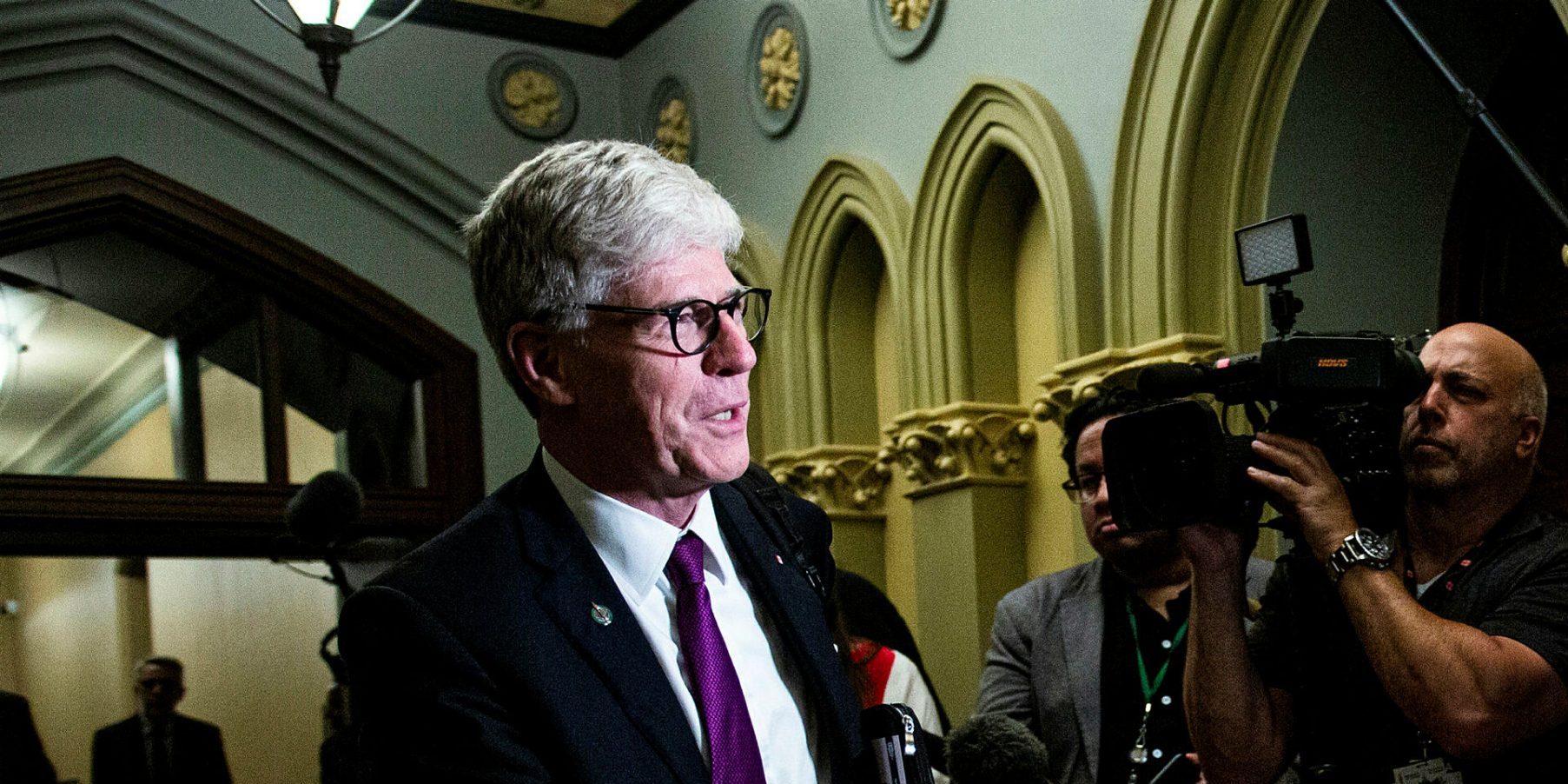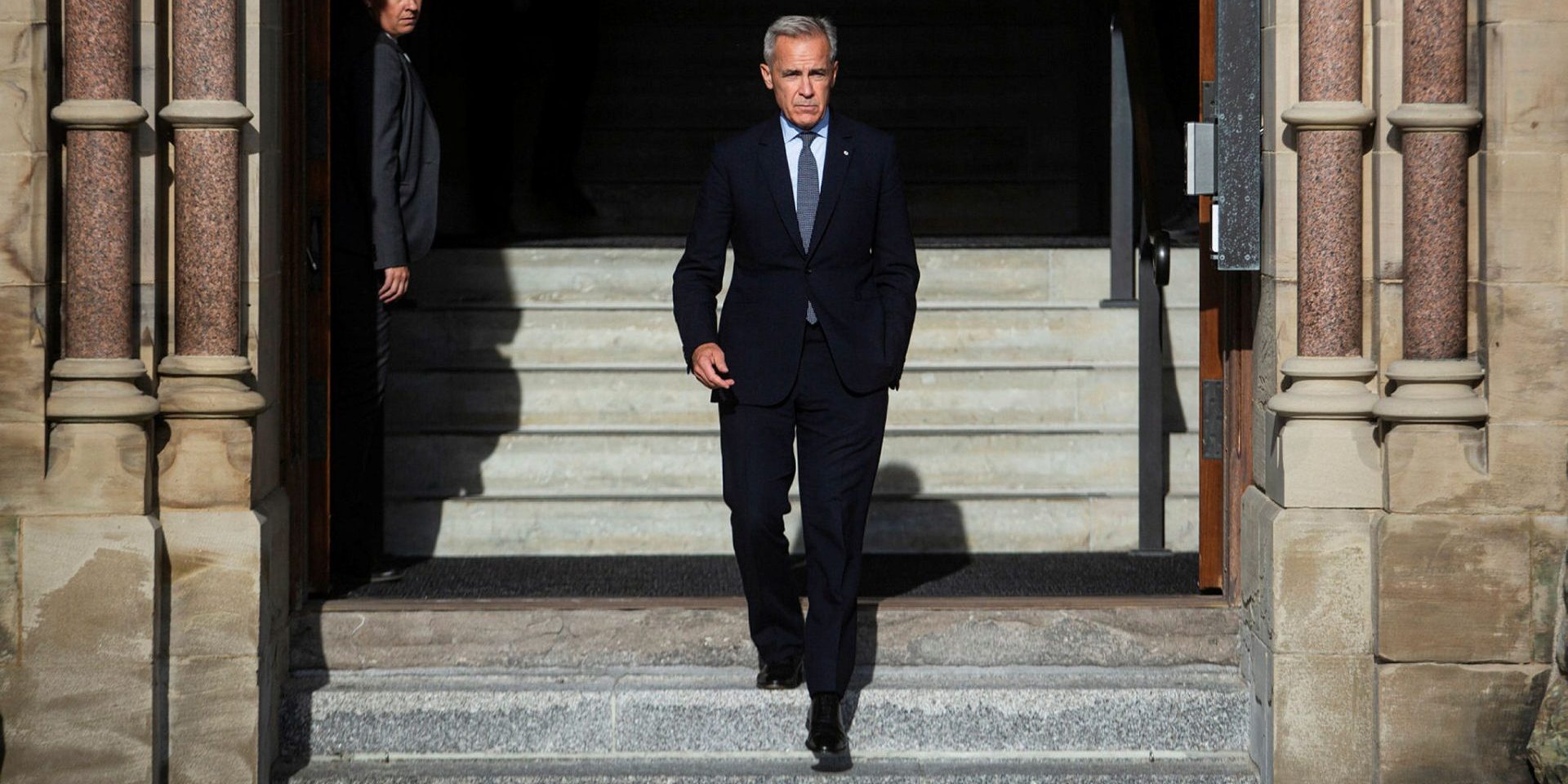AI action plan: rewiring government for public good

While hosting the 2025 G7 Summit, Canada issued a joint statement on “AI for Prosperity” that boldly championed public-sector innovation and digital modernization. However, the federal government’s use of artificial intelligence remains narrow and overly cautious. Instead of being harnessed to tackle national challenges, AI is still mostly used to summarize reports and draft memos. Unless Canada backs up its international rhetoric with meaningful domestic action, it risks becoming yet another case of performative politics. It’s a risk we cannot afford.
Home to AI pioneers like Nobel Prize winner Geoffrey Hinton, and institutions like the Vector Institute and Mila, Canada has long been a global leader in ethical AI development. Yet within the federal government, AI is used almost exclusively to improve bureaucratic efficiency. We may well imagine limiting the power of the sun to warm a single cup of coffee.
According to the government’s own guide on the use of generative AI and its AI Strategy for the Federal Public Service, it limits AI to lightening the workload of civil servants rather than transforming how we govern. Even the Department of National Defence’s AI strategy frames AI as an “enabler” instead of a core capability. Its own targets delay AI-enabled operations until 2030. This risks putting us severely behind in a rapidly accelerating strategic environment.

Meanwhile, peer countries are moving faster and aiming higher. The United Kingdom’s National Health Service is piloting AI tools to streamline diagnostics and reduce patient backlogs, whereas the United States is using predictive models to identify infrastructure vulnerabilities before disasters strike. These are practical applications of AI to pressing national problems. Canada, by contrast, still treats AI as an internal IT tool, rather than a policy instrument capable of shaping outcomes at scale.
The federal government needs to rethink its approach, and quickly. Appointing a minister of AI is a welcome signal, but it is no substitute for real ambition. We need to aim higher than administrative savings. Used responsibly, AI can reinvigorate the core machinery of governance.
Few would argue that the architecture of government—the blueprints for how we plan, decide, and deliver—does not require an overhaul. When households transitioned from gas to electric lighting in the 1920s, it took more than swapping out a bulb. It required rewiring the entire home. Today, our institutions face a similar challenge: to retrofit systems to be AI-compatible, not merely AI-adjacent. A truly strategic framework for public-sector AI would begin with three imperatives.
First, policy must lead. Every major federal initiative must be reviewed with AI integration in mind, similar to how departments already apply lenses like GBA+, Official Languages compliance, and the Government of Canada’s Digital Standards. What is needed is a unified, government-wide approach, not a patchwork of disconnected departmental experiments.

Second, capability must be built, not borrowed. Outsourcing innovation to consultants or tech platforms offers short-term wins, yet risks long-term dependency while stunting institutional resilience. The federal public service must invest in upskilling and building AI literacy across departments. It can start with programs like the Canada School of Public Service’s Digital Academy, and extend further into executive training, recruitment incentives, and cross-functional AI roles embedded at the centre of government.
Third, ethical foresight must be embedded from the start. Canada has rightly led conversations on the responsible use of AI. That leadership must now extend beyond principles into practice, ensuring that any adoption of AI is transparent, accountable, and aligned with public values.
Ultimately, if Canada wants to turn its G7 presidency into something lasting, AI is a clear test. It requires a readiness to rewire how we govern in an age of increasing complexity. Done right, AI has the potential to strengthen our institutions and equip them to meet the challenges of a rapidly evolving world.
Let us remember that artificial intelligence is not some foreign force. It is, in large part, a Canadian innovation, and one we deserve to benefit from. Ignoring its role in shaping modern government is not caution. It is complacency.
We do not get to choose whether AI will reshape society, but we can choose how. If we are serious about skating to where the puck is going, the hard work starts now.
Alexander Landry is director of federal engagement and partnerships at OVA, a Canadian AI software firm. He is a research fellow for the Institute for Peace & Diplomacy, and a graduate from King’s College London’s International Affairs postgraduate program. Brendan Conway-Smith is a cognitive scientist and PhD researcher in AI and metacognition at Carleton University’s Cognitive Modeling Lab, and a Social Sciences and Humanities Research Council doctoral fellow and award-winning lecturer.
The Hill Times





 LICENSING
LICENSING PODCAST
PODCAST ALERTS
ALERTS


